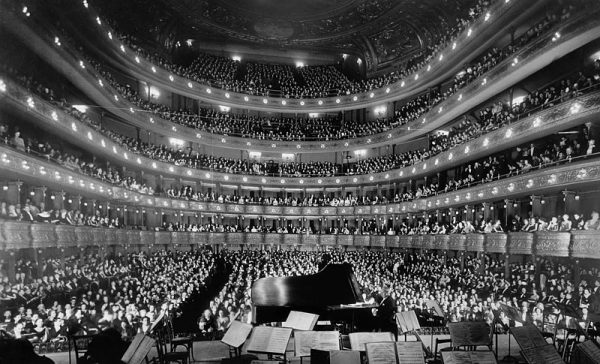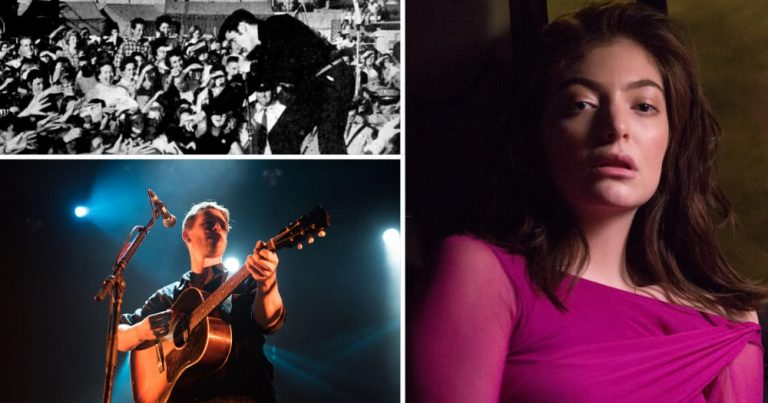Encore (French: ɑ̃kɔʁ)
NOUN, Fr.
‘Again, some more’
Encores have become so commonplace in live music these days that they’re more like expected finales than spontaneous conclusions to a show. Artists will so often save up their very biggest hits to perform in the encore, rather than during the main set. And when the lights go down and the musicians walk off before playing their number one single, pretty much everybody knows the go.
It’s no wonder the encore is starting to feel tired. As a musical concept, the encore has enjoyed a centuries-old evolution that dates all the way back to the 1600s. Here’s our brief history of the history of the encore in concert.
The 17th century
Public concerts began in the United Kingdom in the late 1600s, and it was here where the voice of the audience became a very powerful thing. There were moments when musicians had no prepared programs, instead they relied on the audience to shout and cheer for what they wanted to hear next. These concerts were ‘by request’ and encore gigs all rolled into one.

The 18th and 19th centuries
In 18th century operas, arias that were met with strong applause would often be repeated. This could happen multiple times and at any point in the performance. Some found it disruptive, but many found it thrilling.
Encores began to make quite a sinister appearance in theatre in the 19th century. Actors in Shakespearean plays would perform a death again and again in order to satisfy their cheering punters.
The 20th century
In the latter half of last century, popular music began to embrace the tradition of the encore. The live music experience shifted from tier-seated theatres to sweaty moshpits, and the audience was literally closer than ever before. Encores were growing in prominence, but hadn’t quite yet become the etiquette.
One of the reason behind the rarity of encores between the ’50s and ’70s was because they weren’t always possible. Hugely popular bands like The Beatles were rarely known to encore, largely due to their crowds being too hard to control. Similarly, the notorious phrase “Elvis has left the building” was said to settle the crowd and let them know there was nothing more to come from The King.
https://www.youtube.com/watch?v=RDT1zQSFu-Q
The 21st century
Nowadays, if an arena crowd hasn’t joined a sing-along, been showered by three bursts from a confetti cannon, and heard the artist’s biggest hit, they’re not going anywhere.
Encores are a thrilling and very commonplace part of the modern live music experience. But there has been a growing movement to opt out of the encore. Artists like Lorde and the Arctic Monkeys don’t exercise the encore all too often. And local bands such as Boy & Bear and Husky have publicly spoken out against the growing obligation to encore.
So, what’s next for the encore? More after this short intermission… just don’t forget to stamp your feet.

































